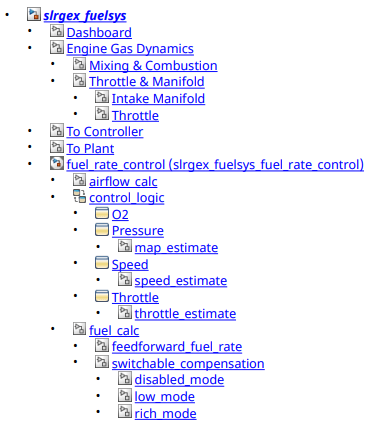slreportgen.report.SystemHierarchy 类
命名空间: slreportgen.report
超类: slreportgen.report.Reporter
系统层次报告器
描述
创建对象
描述
rptr = slreportgen.report.SystemHierarchy 根据默认模板创建一个空的系统层次结构报告器。使用报告器属性自定义生成列表的内容和格式。在将报告器添加到报告之前,您必须在报告器的 Source 属性中指定模型或子系统。在报告中添加空的报告器会产生错误。
rptr = slreportgen.report.SystemHierarchy(Name=Value)
属性
方法
示例
版本历史记录
在 R2019b 中推出
